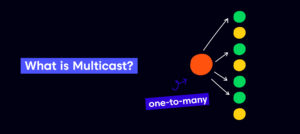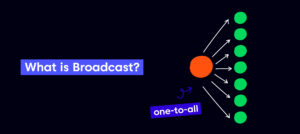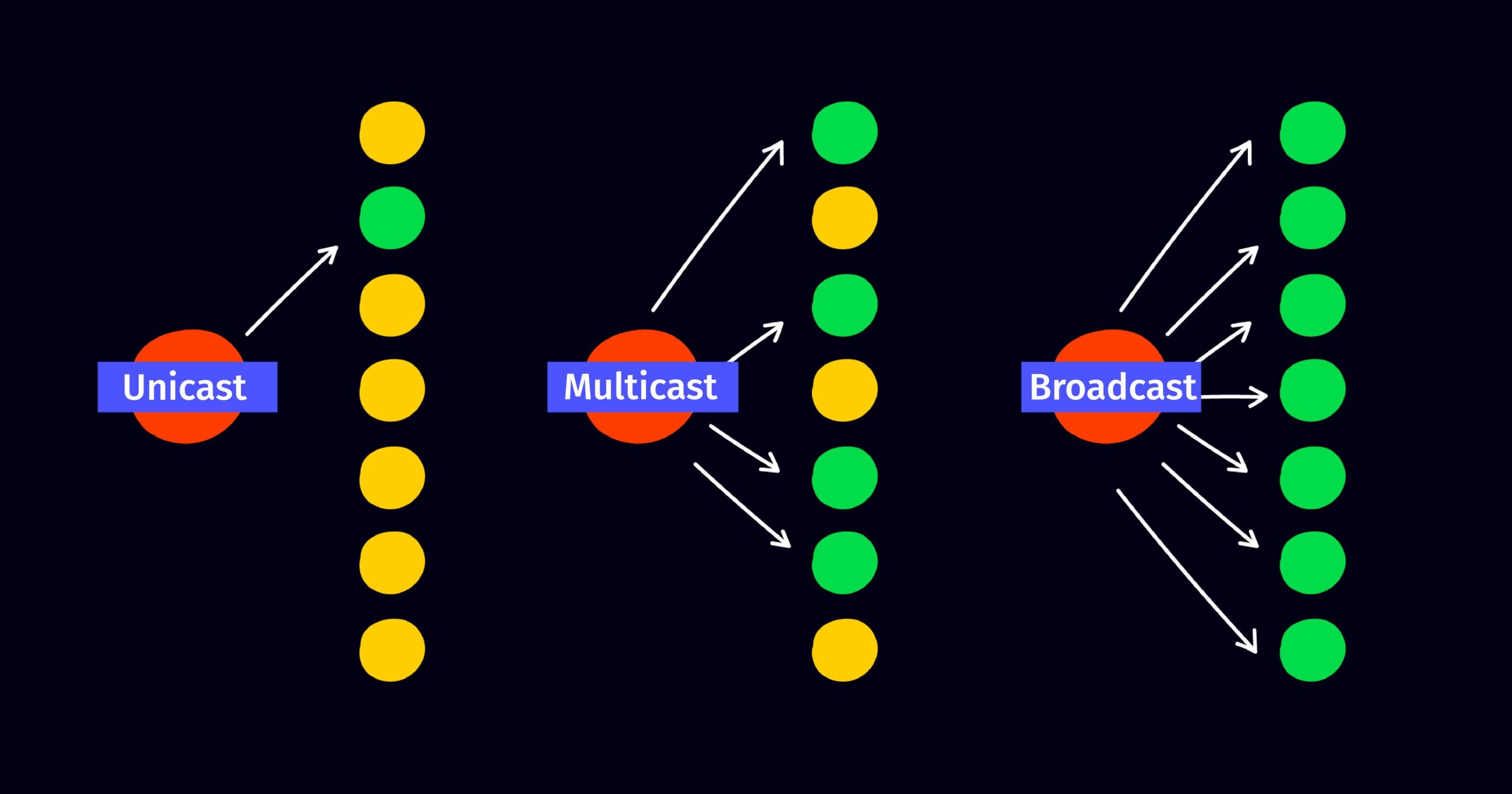When it comes to transmitting data, there are several methods to choose from, including unicast, multicast, and broadcast. Each method has its strengths and weaknesses, so it’s essential to understand their differences to choose the right one for your network.
Do you need clarification about the terms unicast, multicast, and broadcast? These terms describe different methods of transmitting data to multiple devices.
In this article, we’ll explore the differences between unicast, multicast, and broadcast, as well as their advantages and disadvantages.
Unicast vs. Multicast vs. Broadcast: At A Glance
| Method | Description | Advantages | Disadvantages |
|---|---|---|---|
| Unicast | One-to-one communication method | Efficient method to transmit data to a specific device | Inefficient for transmitting data to multiple devices |
| Multicast | One-to-many communication method | Efficient method to transmit data to multiple devices | Requires multicast support from network infrastructure |
| Broadcast | One-to-all communication method | Simple to implement | Generates a lot of network traffic |
What is Unicast?

Unicast refers to a one-to-one communication method. This model sends data from one device to another using a specific IP address. In other words, a single sender transmits packets to a single receiver. Unicast is the most common form of data transmission used in computer networks. It is an efficient method to transfer data from other networks to a specific device.
What is Multicast?

Multicast is a simultaneous transmission of video streams or data to multiple devices. It is an efficient way to transmit data to multiple receivers. Multicast traffic is transmitted to a multicast group of devices with the same IP address. This means all the devices in the same multicast group will receive the same data stream. Multicast transmission is more efficient than unicast transmission, as it reduces network traffic. In multicast communication, the network only needs to transmit one data stream, and all the multicast group members can access it.
What is Broadcast?

Broadcast is a method of transmitting data to all the devices on the same network. In other words, it is a one-to-all communication method. The broadcast transmission sends data to all the devices on the network, regardless of whether they need it or not. It could be a more efficient method of transmitting data, as it generates much network traffic. In broadcast communication, a single sender sends data to all devices on the same network.
Unicast vs Multicast:
Unicast and multicast are two different methods of transmitting data, and they have advantages and disadvantages. Unicast is a one-to-one communication method, and it is an efficient method of transmitting data to a specific device. In contrast, multicast is a one-to-many communication method that is more efficient than unicast transmission. Unicast is useful when transmitting data to a single device, while the multicast model is useful for transmitting data to multiple devices.
Multicast vs. Broadcast:
Multicast and broadcast are two different methods of transmitting data to multiple devices. Multicast is a more efficient method than broadcast transmission. In multicast transmission, data is sent to a multicast group, and all the devices that belong to that group can access the same data stream. In contrast, the broadcast transmission sends data to all the devices on the same network, regardless of their need.
Unicast vs. Broadcast:
Unicast and broadcast are two different methods of transmitting data, with advantages and disadvantages. Unicast communication is a one-to-one communication method, while broadcast is a one-to-all communication method. Unicast transmission is an efficient method of transmitting data to a specific device, while broadcast transmission is an inefficient method of sharing data.
Real-World Applications:
Unicast, multicast, and broadcast have various real-world applications. In video and audio distribution, multicast transmits data to multiple receivers. In online gaming, multicast transmits data to a specific group’s members. In contrast, unicast is used for one-to-one communication. Broadcast is used to transmit data to all the devices on the same network, such as television networks.
Conclusion:
Understanding the differences between unicast, multicast, and broadcast is essential to choose the correct method for your network. By using the appropriate method, you can reduce network traffic, conserve network resources, and enhance the performance of your network.
In the future, we may see more developments in unicast, multicast, and broadcast, especially as the demand for data transmission increases. New methods of traffic recline, such as anycast, may also emerge to address specific needs in network communication. As we continue to rely on networks to transmit data, staying up-to-date on the latest developments in network communication is essential.









